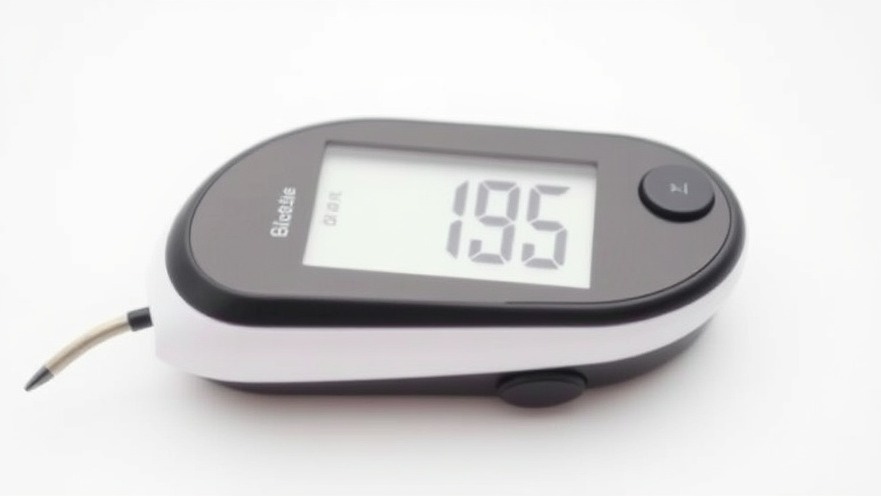
The Emergence of Digital Health Tools for Childhood Cancer Survivors
In recent years, the medical community has increasingly recognized the pressing need for tailored healthcare interventions for childhood cancer survivors. These individuals, while triumphant over their initial battles with cancer, find themselves facing chronic health risks, notably diabetes and heart disease. A study led by researchers at the University of Texas at Arlington is shedding light on the potential of wearable technology to mitigate these risks and usher in a new era of proactive healthcare.
Understanding the Long-Term Health Complications
Childhood cancer survivors are significantly more susceptible to developing chronic conditions as they progress into adulthood. According to recent reports, these individuals are at an elevated risk for diabetes due to both the long-term effects of their treatments and the lasting impacts of their childhood illnesses. Dr. Yue Liao, an expert in kinesiology and director of the Physical Activity and Wearable Sensors Lab at UTA, emphasizes that traditional assessment methods fail to capture the complexities of diabetes risk in these survivors. Therefore, integrating wearable technology can fill this void, allowing for continuous and real-time monitoring of vital health metrics.
Revolutionizing Diabetes Risk Assessment
The integration of wearable sensors represents a groundbreaking shift in how healthcare providers assess and manage diabetes risk among childhood cancer survivors. Unlike the conventional approach, which often relies on sporadic clinical visits and static measurements, wearable technology facilitates regular data collection on blood glucose levels, physical activity, and even emotional wellbeing. Dr. Liao indicates that such dynamic data provides a comprehensive overview of an individual's health, potentially uncovering new risk indicators and enabling earlier intervention.
Navigating the Survivorship Landscape
As healthcare professionals, understanding the unique survivorship trajectory of these patients is crucial. Since childhood cancer survivors have a longer life expectancy, the aging-related health risks they face become more complicated. This requires a shift in focus from merely treating illnesses to implementing long-term health strategies that promote overall wellbeing. Liao’s insights suggest that younger survivors are generally more receptive to technology, which paves the way for successfully integrating digital health programs with their daily lives.
Practical Applications of Digital Health Technology
Adopting wearable technology is not just about tracking data; it offers practical applications that could change the healthcare landscape for childhood cancer survivors. By leveraging data analytics derived from the continuous monitoring of vital signs and behaviors, healthcare providers can develop personalized care plans, promote healthier lifestyles, and ultimately improve health outcomes. For instance, real-time feedback could encourage survivors to adopt healthier eating habits or engage in physical activity, thereby reducing their risk of diabetes and associated complications.
Preparing Healthcare Practitioners for the Future
As concierge health practitioners, staying ahead of medical innovations related to digital health tools is paramount. The implications of integrating wearable technology into treatment regimens are profound. Understanding how such technology works enables practitioners to make informed decisions about adopting and recommending these solutions to patients. Engaging in continuous education around digital health innovations can empower practitioners to play a vital role in the ongoing management of childhood cancer survivors' health.
Conclusion: Harnessing Technology for Health Promotion
The evolution of healthcare practices toward more personalized and proactive approaches is crucial for enhancing the quality of life for childhood cancer survivors. By embracing digital health tools, healthcare providers can effectively monitor and support their patients' long-term health. As the medical community continues to explore innovative solutions, practitioners are urged to stay informed and leverage these technologies for optimal patient outcomes.
To learn more about how wearable devices are making a difference in the lives of childhood cancer survivors and how you can integrate these insights into your practice, stay connected with ongoing developments in digital health.
 Add Row
Add Row  Add
Add 




Write A Comment